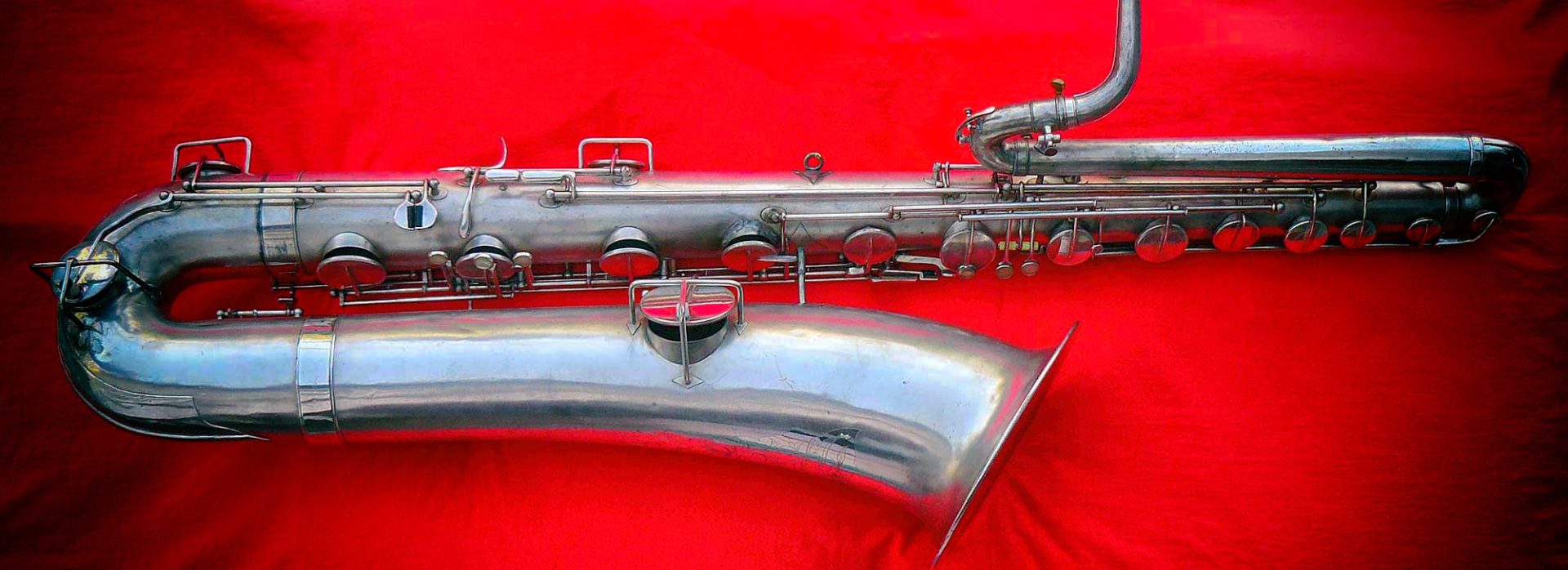One saxophone selling case where lots of mistakes were made

A number of years ago I read something on the SOTW Forum that made me absolutely ill: Someone had taken their late father’s Mark VI tenor and two Selmer mouthpieces into a music store to sell. The person was not a saxophone player (although her father had been a professional player), and didn’t know anything about horns before to going to the shop that was close to 100 miles away from their home.
The woman had however, checked the music store’s website and had seen Mark VI tenors listed for north of £5,000. This also happened to be the same shop her father used to go to. (Prior to this particular owner buying it.) It was not a pawn shop, but rather a well-reputed music store that has been in the north of England for nearly half a century.
When she showed up with the horn, she spoke with owner and explained that she was looking to sell the Selmer. The owner explained that the sax needed an overhaul, and asked what she wanted for it. The seller asked for an offer, but that didn’t happen. The seller then stated that she would like £3500, since he’d seen them on the store’s website for upwards of £5000.
The music store owner stated that those saxes were overhauled, and that people haggle down the prices, so the website price was rather meaningless. The store owner then offered her £1000 for the Selmer Mark VI tenor.
The seller tried to get the price up to £1500, but to no avail. In the end she was there for a number of hours, had driven close to 100 miles, and felt that the owner wouldn’t be unfair to her.
After getting home the seller started looking on the Net and discovered how valuable Mark VI tenors really were. Then she suddenly felt duped, and posted to SOTW and asked if she had perhaps made a mistake.
One mistake? Sadly, she a made a whole bunch of them.
Now we don’t know the particulars of this case from both sides. We don’t know the condition of the Selmer Mark VI tenor, nor do we know how much work needed to go into it. That said, there are some take-aways from this story. Hopefully they can avoid this kind of situation happening to you.
Some simple steps to avoid a costly saxophone selling mistake
- If you are not a saxophone player, do your homework on the make and model of the saxophone in your possession before you go to sell it. Google is your best friend for this. Really, it is.
- If the instrument belonged to a professional musician, reach out that player’s former colleagues. They may know someone reputable who may sell it for you, or want to buy it. (Continue reading anyway.)
- If you know where the instrument was serviced, and if that tech is reputable, they might be able to help you. (Continue reading the steps below.)
- Before going to a brick and mortar store, reach out to an online community such as the Woodwind Forum, Sax On The Web, or the International Saxophone Forum. Explain your situation, and ask for the recommendation of a reputable tech/store in your area. But do this BEFORE you go somewhere with the saxophone.
- Phone the store ahead of time and make an appointment, or at least make sure that the person whom you’re looking for—the person who is knowledgeable about saxophones—is in that day and time.
- Take someone with you. (Preferably a sax player, or another musician.) This is especially important if you a woman. Women are more likely to be taken advantage of by male sales and service people than men are. Sorry guys, I’m not dissing you. That’s just a fact. It happens in all fields that women traditionally know very little in such as automotive repairs or lawnmower sales. If you’re a woman, you know what I’m talking about.
- Have an idea of how much money you want, realistically, for your saxophone. You might want $10,000 for that C melody that belonged to your grandfather, but chances you are not likely to get it. So be realistic in your ask, but don’t undersell it either. Unless your C melody was run over by a truck, it is likely worth more than $75.
- Don’t include extra mouthpieces unless you want to. The only time you might want to include mouthpieces is if the brand of mouthpiece is the same as the saxophone, but be careful if the brand is Selmer. A good rule is to be compensated for the Selmer mouthpieces separately. If the store doesn’t want to do that, then keep the mouthpieces, and deal with them separately.
- Understand that all shops have to pay staff, bills, rent, etc. They are not running a non-profit or charity service so yes, when they sell that horn down the road they will make a small profit. However, they will also have put money into the sax, so their profit is not nearly as high as you might think it is.
Wrapping all of this up then
I hope that this article on how to avoid a costly saxophone selling mistake continues to be helpful. I have received emails and texts from people over the years and I know that it has helped them immensely, saved them from being taken advantage of, or prevented them from making a big mistake.

